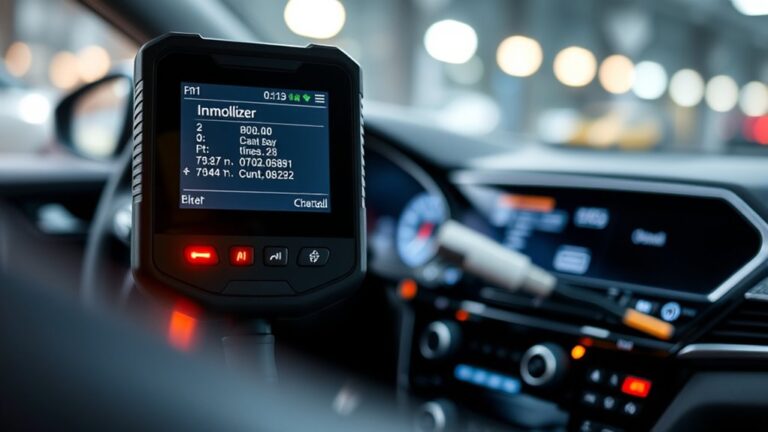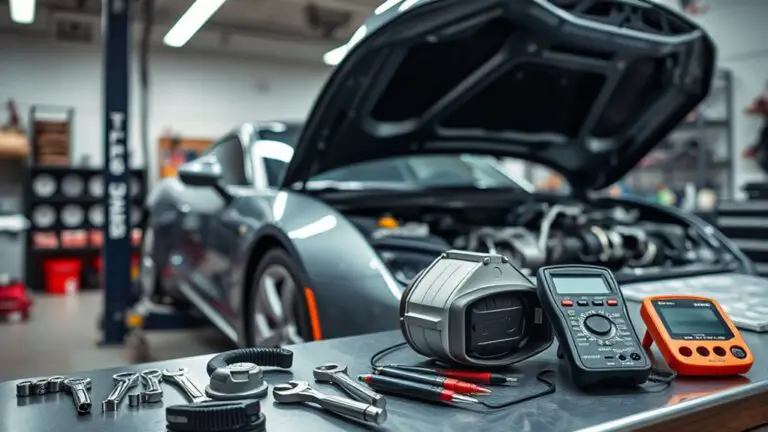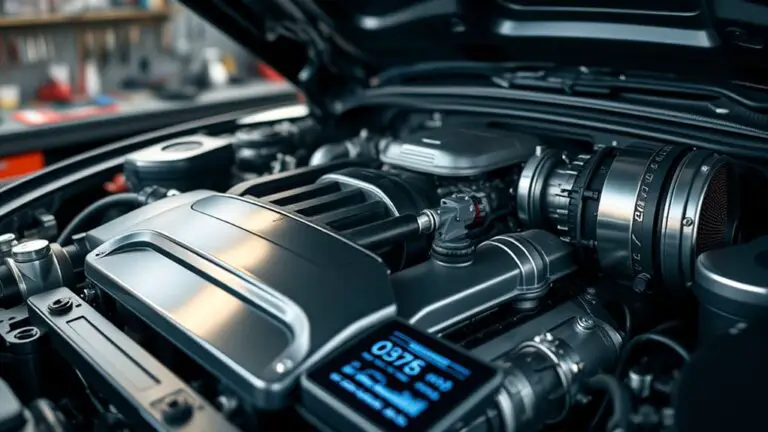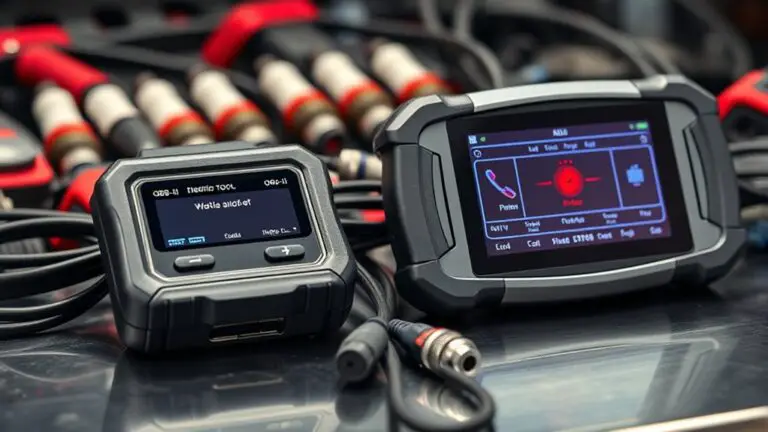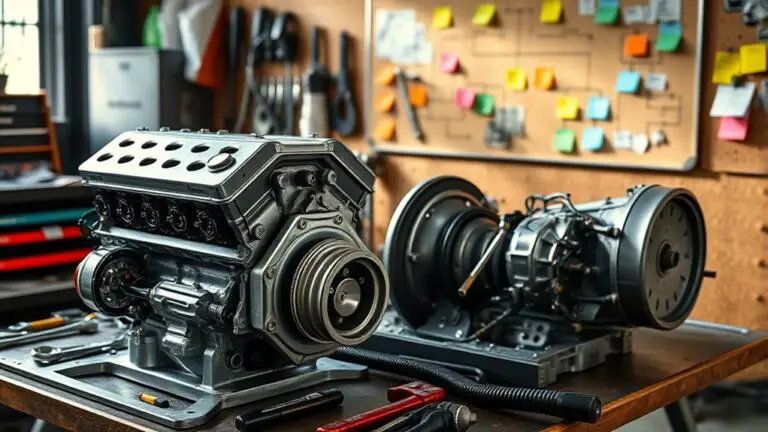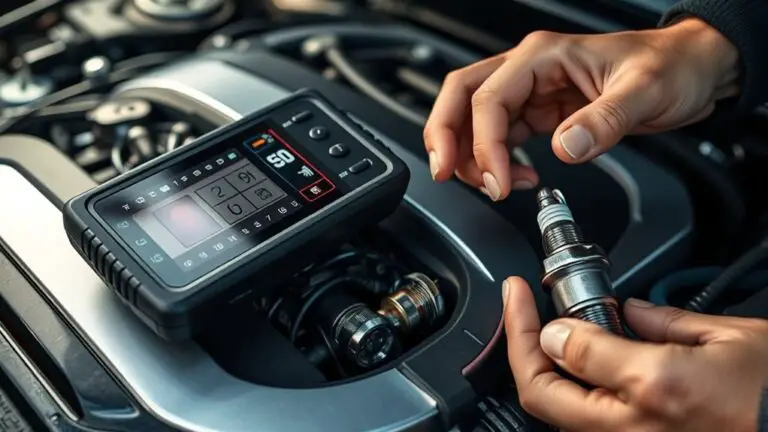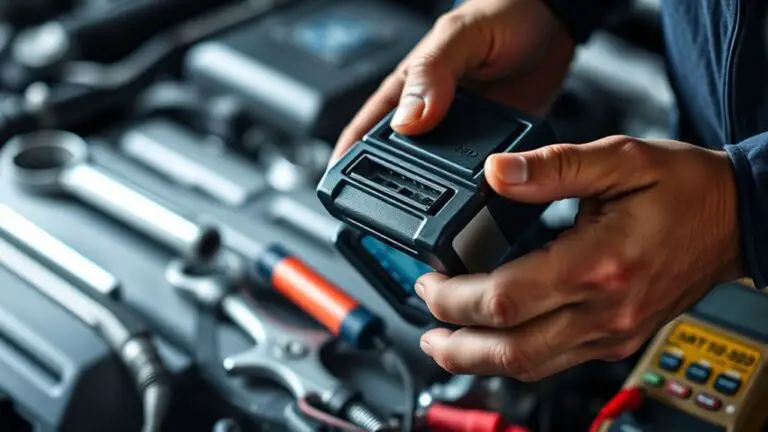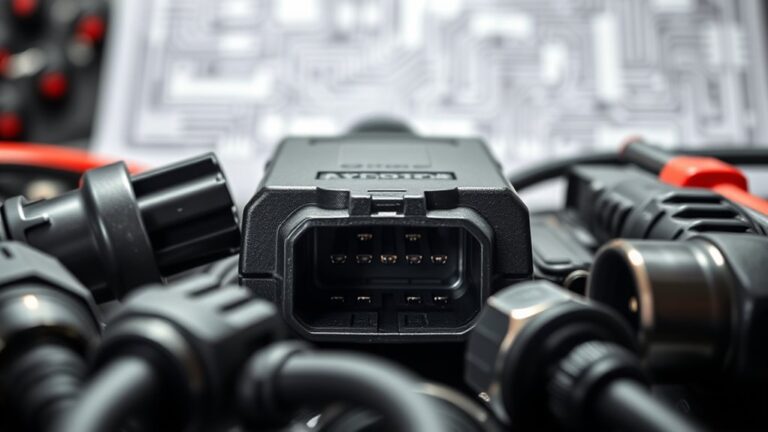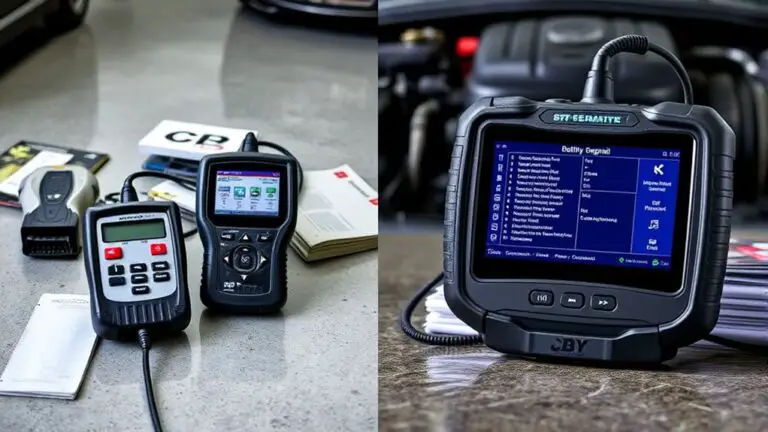How to Clear False Codes and Stop False Error Codes From Returning
To clear false codes and stop them from returning, start by diagnosing root causes rather than chasing symptoms. Map normal behavior, compare it with current signals, and identify timing or input mismatches. Recalibrate sensors and software to reset baselines, then test with clear success criteria. Implement safeguards like input validation and monitoring, plus a standardized…


